STOPPING AT MANZANAR
I.
Folded paper cranes, Origami,
at the front entrance, and before that
the road sign, Blue Star Highway,
and one more, Manzanar,
dropping down from the Sierras,
Sierra Nevada's. Covered in snow,
snow-covered. Beauty of cover,
nieve. Sierra, first the name--
jagged mountain chain, code word
representing the letter S,
used in radio communication,
más profundo: teeth of a saw
in Spanish. Dark feminine
of ciaran. On the
street,
Sierra's the type of girl
who brings out the best
in you--the best thing
that ever happened.
II.
Dropping down
from the Sierra Nevada's
to Manzanar. And me?
What just got hit?
My connections?
My grand daughter
folds Origami cranes.
I was born 9 August 1945.
That day. Between the times,
that time. I belong here,
Manzanar. I taught
that book, Farewell to Manzanar
with my friend and colleague
in a course we called
Braided Lives on Turtle Island.
Shigataganai, we taught our students
to say. Shigataganai. Automatically,
It can't be helped. My daughters
went to Yamate High School
in Yokohama, and lived with the girls
who came here to live in our home,
exchanging intimate slang,
remaining friends. I was born
9 August 1945. While serving
in the Evacuation Hospital
in Vietnam in 1968, I skied
in Zao, nearby where Basho
slept on his journey
to the far north--Basho
neither priest nor ordinary
man, writing poems.
My granddaughter folds paper cranes.
Lonnie Kaneko, poet and friend
(who died two years ago) wrote
Coming Home from Camp.
Kaneko and his parents
were sent to Minidoka, Idaho.
Innocent yet pronounced
guilty,
he is invisible.
Kaneko, too,
writes in his mother's voice.
Kara Kondo, from Wapato,
in Yakima Valley where
we live, was interred at
Heart Mountain, Wyoming,
worked four decades at
Women's League of Voters,
dying at 89 in 2005. My friend
Louis Fiset, philatelist and printer,
wrote Imprisoned Apart:
World War II Correspondence
of an Issei couple, and Camp
Harmony:
Seattle's Japanese Americans
and the Puyallup Assembly Center.
He is also caretaker of cancelled
envelopes carrying censored mail.
My granddaughter folds paper
into cranes. I was born 9 August
1945.
On the way into the Sierra Nevadas
to visit our son, we stopped at
Tule Lake Segregation Center.
Look that one up on your own.
Bonsai became known in America
when GIs returned from WWII
bringing Trees in a Pot, along
with Zen and Buddhism. An
apprentice
to the trees myself, what fires
my imagination are Scholar's Rocks,
or Suiseki stones. Suiseki being
Japanese Art of Miniature Landscape
stones. Louis Fiset first told me
this practice was widespread at
Fort Missoula Detention Camp,
as Japanese hand-polished stones
rubbing them with Army issue
blankets. That's probably enough,
eh. Don't rub it in. No, No, Yes,
Yes.
Clouds that day, crazy wild,
like the monk, Ikkyu. We
stopped at Manzanar. Spent
ourselves. I found the rock garden
walking out alone. I video-taped
three tumbleweeds circling
the basketball on the outdoor
court. Two balls waiting
for a game. White painted
rocks marking boundary lines.
Jim Bodeen
10 March 2018--14 March 2019
Manzanar National Historical
Site/Gila Bend, Az



















































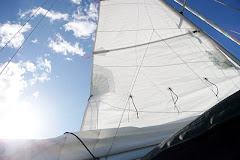

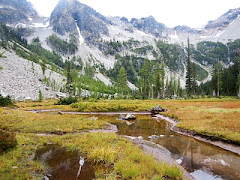


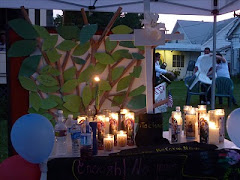






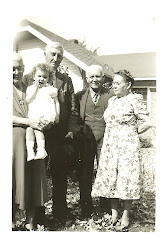









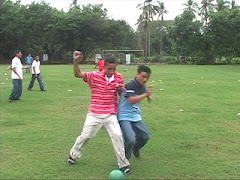
No comments:
Post a Comment